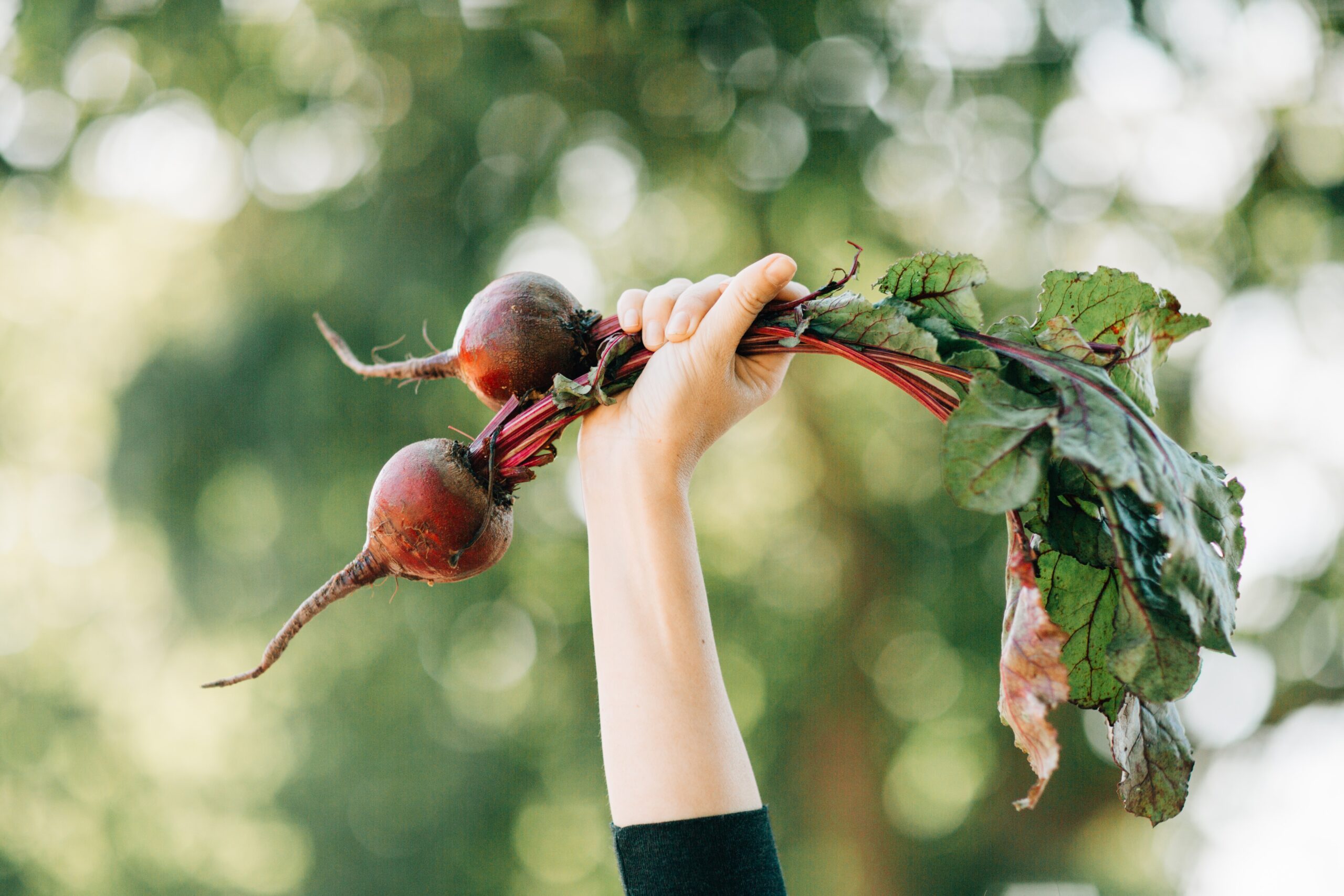Food
Superfoods. What is the real deal?

These days, superfoods are considered to be a class of the most potent, super-concentrated, and nutrient-rich foods on the planet. They claim to have the ability to tremendously increase the vital force and energy of one’s body and claim to be the optimum choice for improving overall health.
However, the so-called superfoods are not a magic pill that will make your health great all of a sudden. Superfoods are not going to turn French fries into broccoli or cinnamon buns into blueberries. They simply have a higher concentration of certain nutrients, making them a good addition to an already healthy meal.
We are all about encouraging individuals to eat whole foods, i.e., foods as close to their source as possible or better said: not processed. In this context, we consider all forms of fruits and veggies the “OG” of the superfoods. Blueberries, broccoli, kale, strawberries, bananas, and cauliflower, are just a few phenomenal superfoods that are easily accessible and cheaper than any other expensive and trendy superfood.
Fruits and veggies are not only full of fiber, which is our gut microbiome’s best food source. They are also a great source of antioxidants, polyphenols which are phytochemicals naturally found in plants that help keep them strong and viable and that when eaten, have an antioxidant and anti-inflammatory effect on the body. So, you can’t go wrong with a colorful plate that doesn’t need to break your bank account.
But if you are still curious let’s give you some basic information on some of the most easily found “superfoods” in the market, their benefits, and how to use them! But first, let’s make a big caveat: we believe that you can have a perfectly balanced diet without the need to spend your hard-earned money on these so-called superfoods.
Goji berries:
Used in Traditional Chinese Medicine for over 5,000 years, goji berries are highly regarded for their antiaging and anti-cancer benefits. They may also be useful for supporting both neurological and reproductive health. Just one ounce of goji berries offers three grams of protein and is high in selenium, iron, riboflavin, and vitamin C.
How to use: add them to a smoothie or sprinkle them in your salad for an extra sweet/tangy taste.
Maca powder:
A staple in the Peruvian Andes for thousands of years, this adaptogenic superfood increases energy, endurance, fertility, and libido. Dried maca powder may support cognitive function, protect from osteoporosis, and help reduce blood pressure. Maca has an earthy and nutty flavor.
How to use: start slowly adding just ½ teaspoon to a smoothie.
Hemp Seeds:
Are packed with protein with each amino acid represented. They are also rich in iron, zinc, phosphorus, magnesium, and omega-3s. Hemp is a great food for individuals looking to increase protein intake. 3 tablespoons of Hemp seeds have approximately 10 grams of protein.
How to use: In smoothies for an increase in protein content. It can also be sprinkled in salads or as part of homemade protein balls for snacking.
Spirulina:
The world’s highest vegetarian source of complete protein. Spirulina provides a vast array of minerals, trace elements, and phytonutrients. It may help to improve blood sugar control, reduce blood pressure, and support a healthy cholesterol profile. Spirulina has a fishy smell and taste that may be not tolerated by many people.
How to use: add to smoothies. Start with a very small amount (1/4 tsp) and increase up to a teaspoon.
Acai:
A fruit that has its origins in the Amazonian rain forest. It is hardly found in its natural form but rather as a powder or frozen. If buying frozen, read the label to make sure no other ingredients have been added, especially sugar. This fruit has been claimed to have cognitive properties, improve heart health, and potential anti-cancer properties.
How to use: both powder form and frozen can be added to smoothies.
Chlorella:
Another alga that is a good source of protein, fats, carbohydrates, fiber, chlorophyll, vitamins, and minerals. It has a very dark green color but is different from spirulina, it does not have a fishy smell or taste.
How to use: start with ½ teaspoon and if tolerated, increase to 1 teaspoon.
Moringa:
A plant that has been praised for its health benefits for thousands of years. It is very rich in healthy antioxidants and bioactive plant compounds.
How to use: add 1 teaspoon to your smoothie!
Always aim for a balanced whole food, mostly plants, diet to reap the biggest benefits for your health. You can eat healthy on a budget using the “OG” of the superfoods: fruits and veggies, whole grains, legumes, nuts, and seeds.
Stay curious and be open to trying new things in your diet, but remember, keeping it simple and varied is always the best place to start.
Cheers,
MV





